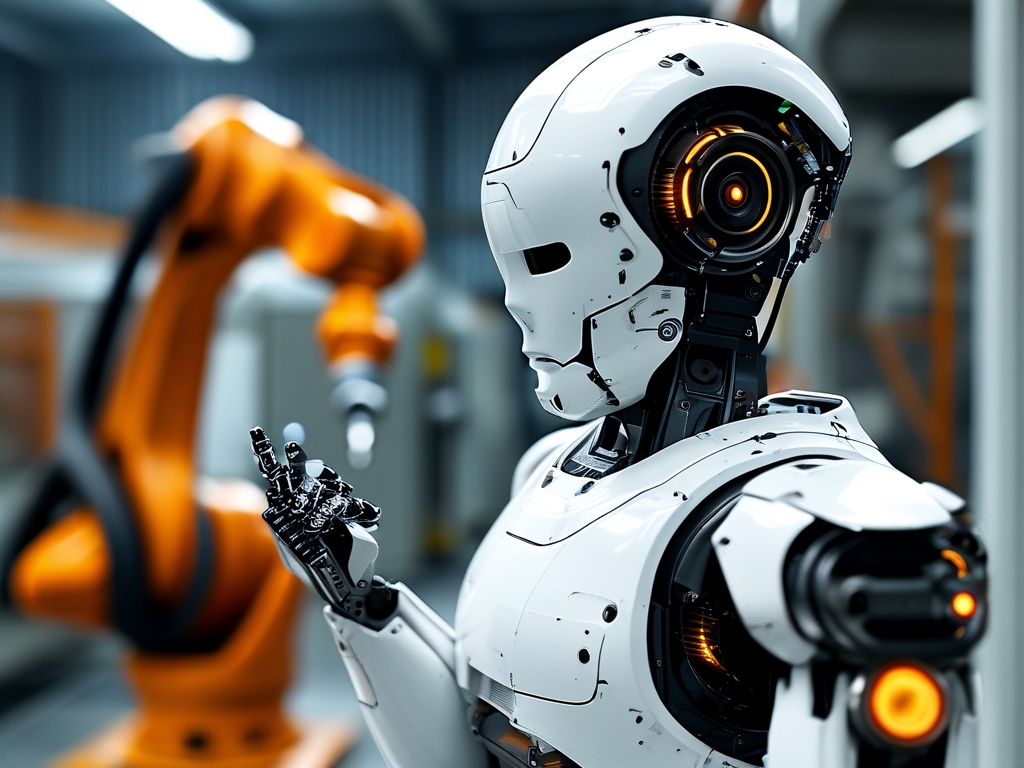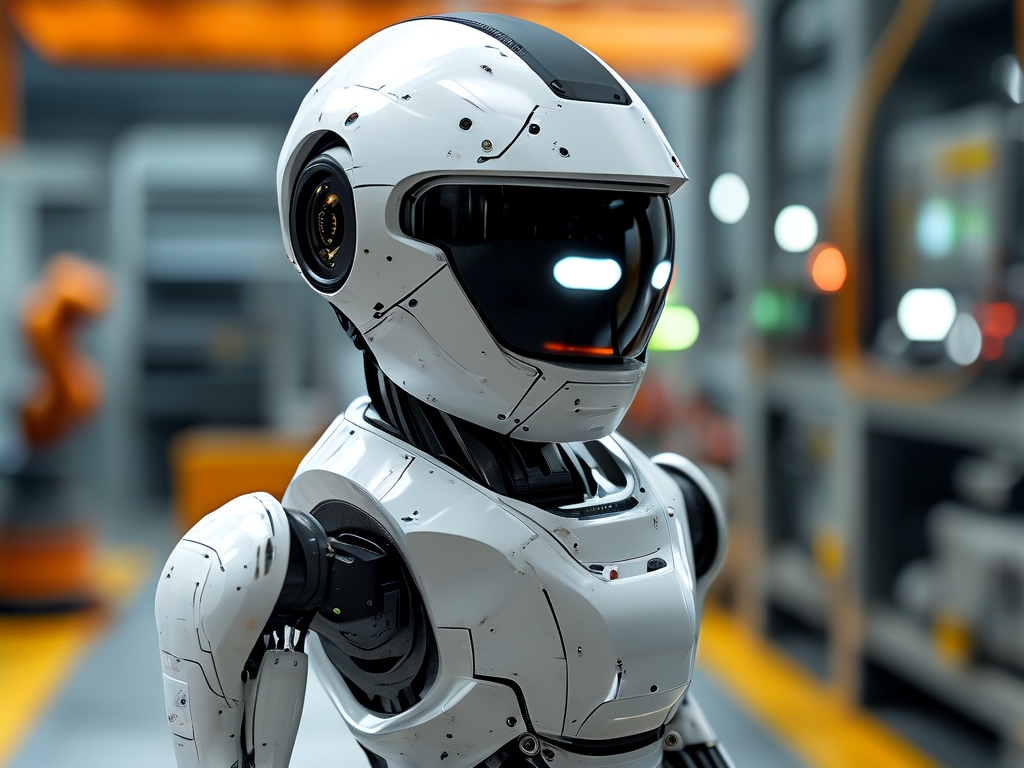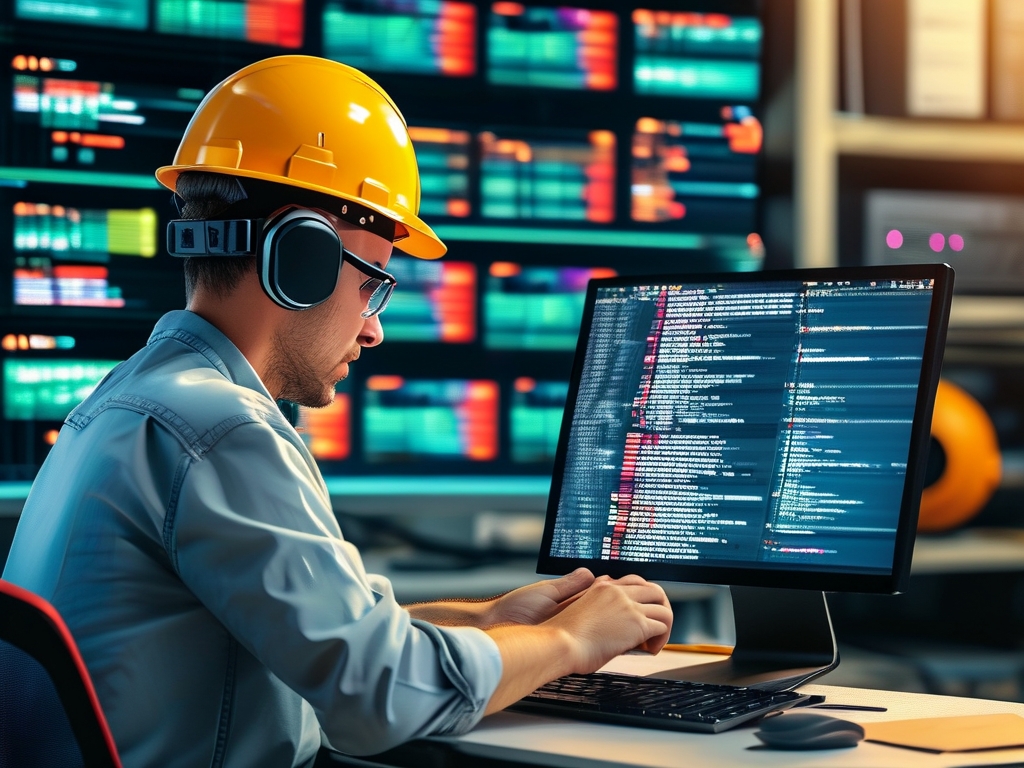The integration of central control technology (CCT) into robotics has emerged as a transformative force in industrial automation, redefining efficiency, precision, and scalability in manufacturing and logistics. As industries worldwide strive to meet the demands of Industry 4.0, the synergy between advanced robotics and centralized control systems is unlocking unprecedented opportunities for innovation. This article explores the evolution of central control technology in robotics, its applications, benefits, and future trends shaping the automation landscape.
The Rise of Central Control Technology in Robotics
Central control technology refers to systems that manage and coordinate multiple robotic units or processes through a unified platform. Unlike traditional decentralized systems, where robots operate independently, CCT enables real-time data sharing, synchronized workflows, and adaptive decision-making. This shift is driven by advancements in artificial intelligence (AI), cloud computing, and the Internet of Things (IoT), which allow robots to function as interconnected nodes within a larger network.

Modern CCT-powered robots are equipped with sensors, machine learning algorithms, and high-speed communication interfaces. These features enable them to respond dynamically to environmental changes, optimize task allocation, and minimize downtime. For example, in automotive manufacturing, CCT coordinates robotic arms, autonomous guided vehicles (AGVs), and quality inspection systems to streamline assembly lines, reducing production cycles by up to 30%.
Key Applications of CCT-Enabled Robotics
-
Smart Manufacturing
In factories, CCT acts as the "brain" of robotic ecosystems. It oversees tasks such as material handling, precision welding, and packaging. By analyzing data from IoT-enabled devices, the system predicts equipment failures, schedules maintenance, and adjusts workflows to meet fluctuating demand. Companies like Siemens and Fanuc have deployed CCT-driven robots to achieve near-zero defect rates in electronics production. -
Logistics and Warehousing
E-commerce giants like Amazon and Alibaba rely on CCT to manage fleets of warehouse robots. These robots navigate autonomously, retrieve items, and transport them to packing stations. The central system optimizes routes in real time, avoiding collisions and balancing workloads. During peak seasons, this technology ensures 24/7 operational efficiency, slashing order fulfillment times by over 50%. -
Healthcare and Precision Tasks
Surgical robots, such as Intuitive Surgical’s da Vinci system, use CCT to enhance surgical precision. Surgeons control robotic instruments from a centralized console, with real-time feedback ensuring millimeter-level accuracy. Similarly, in pharmaceuticals, CCT-enabled robots handle drug formulation and lab testing, reducing human error and accelerating R&D.
Advantages of Central Control Technology
- Scalability: CCT allows seamless integration of additional robots into existing systems without overhauling infrastructure.
- Energy Efficiency: By optimizing robot movements and idle times, CCT reduces power consumption by 15–20%.
- Data-Driven Insights: Centralized systems aggregate operational data, enabling predictive analytics and continuous process improvement.
Challenges and Solutions
Despite its benefits, CCT adoption faces hurdles. Cybersecurity risks, for instance, grow as more devices connect to a central hub. To mitigate this, companies are adopting blockchain-based encryption and multi-layered authentication protocols. Another challenge is the high initial investment. However, modular CCT platforms and subscription-based models are making the technology accessible to small and medium enterprises.

Future Trends in CCT Robotics
-
AI-Powered Autonomy
Future systems will leverage generative AI to enable robots to self-program for complex tasks. For example, a robot could learn to assemble a new product by analyzing digital blueprints, reducing setup times from days to hours. -
5G and Edge Computing
The rollout of 5G networks will enhance CCT’s responsiveness, enabling sub-millisecond communication between robots. Edge computing will further decentralize data processing, reducing reliance on cloud servers and enhancing reliability. -
Human-Robot Collaboration
Next-gen CCT will prioritize safe interaction between humans and robots. Advanced vision systems and force-sensitive actuators will allow robots to work alongside humans in shared spaces, such as construction sites or hospitals. -
Sustainability Integration
CCT will play a pivotal role in achieving green manufacturing goals. Algorithms will optimize energy use and material waste, while robots equipped with solar-powered components will reduce carbon footprints.
Central control technology is not merely an upgrade to existing robotics—it is a paradigm shift. By bridging the gap between isolated machines and intelligent networks, CCT is paving the way for smarter, faster, and more adaptable industrial ecosystems. As industries embrace this technology, the line between human ingenuity and machine capability will continue to blur, heralding a new era of automation-driven progress.









